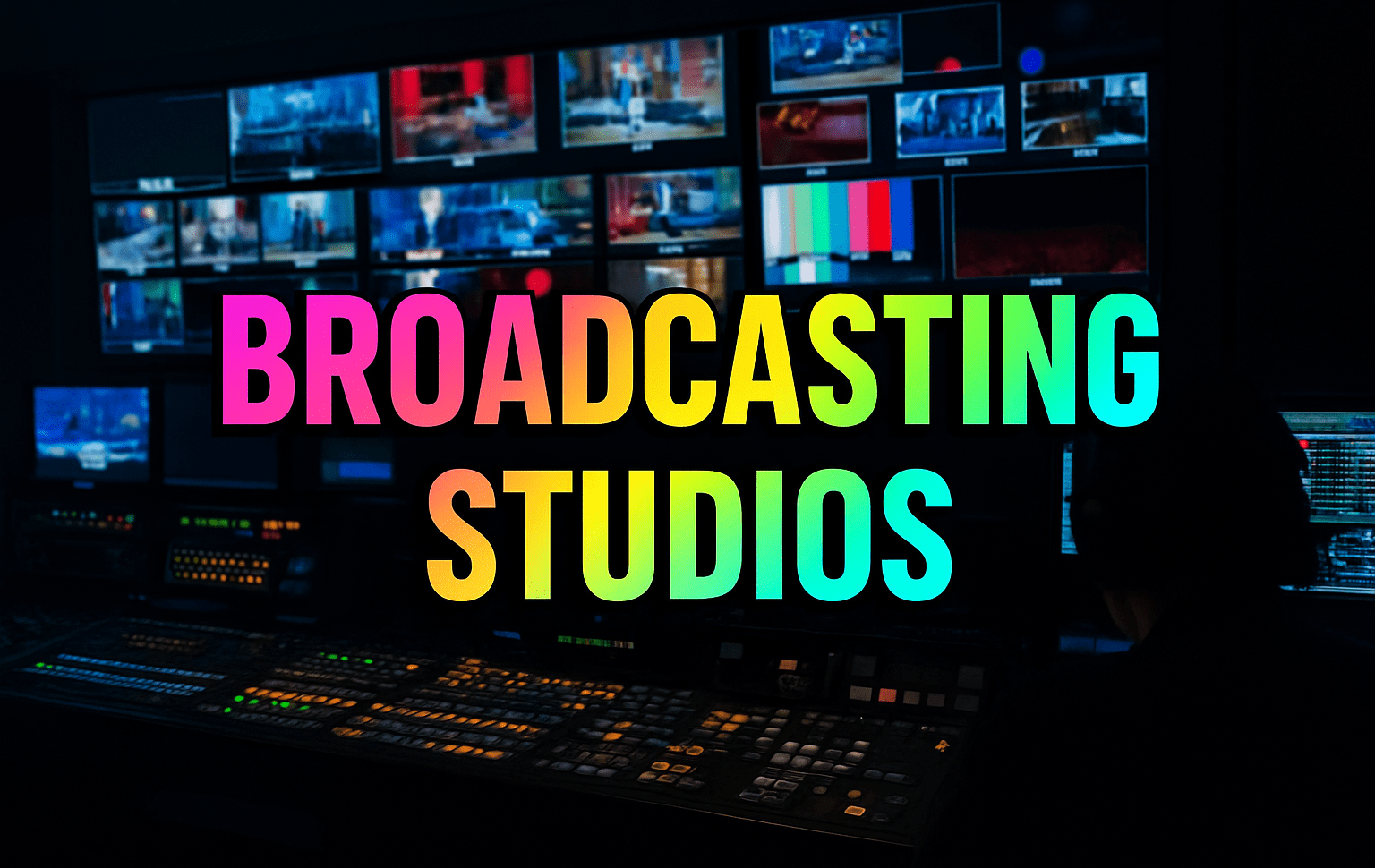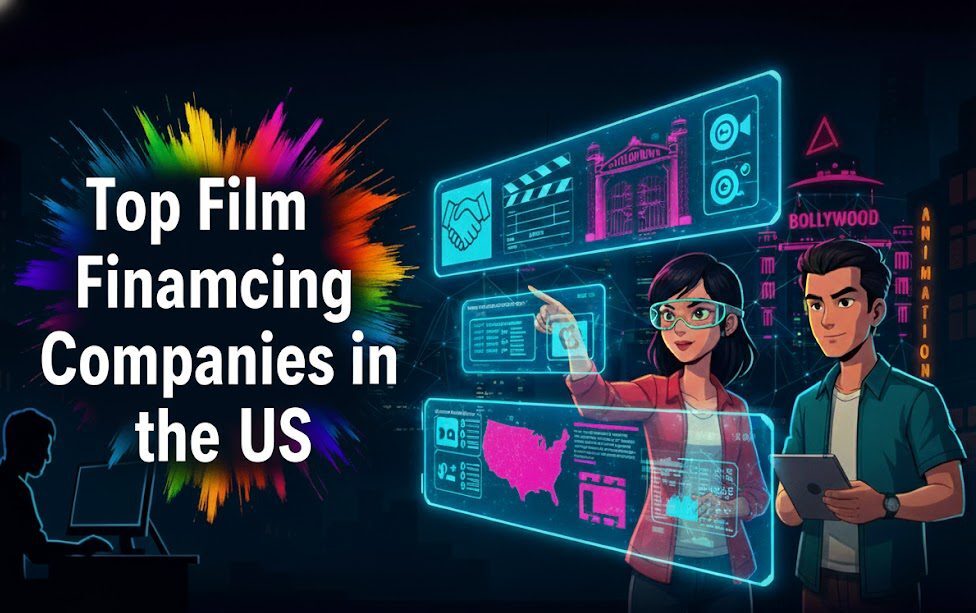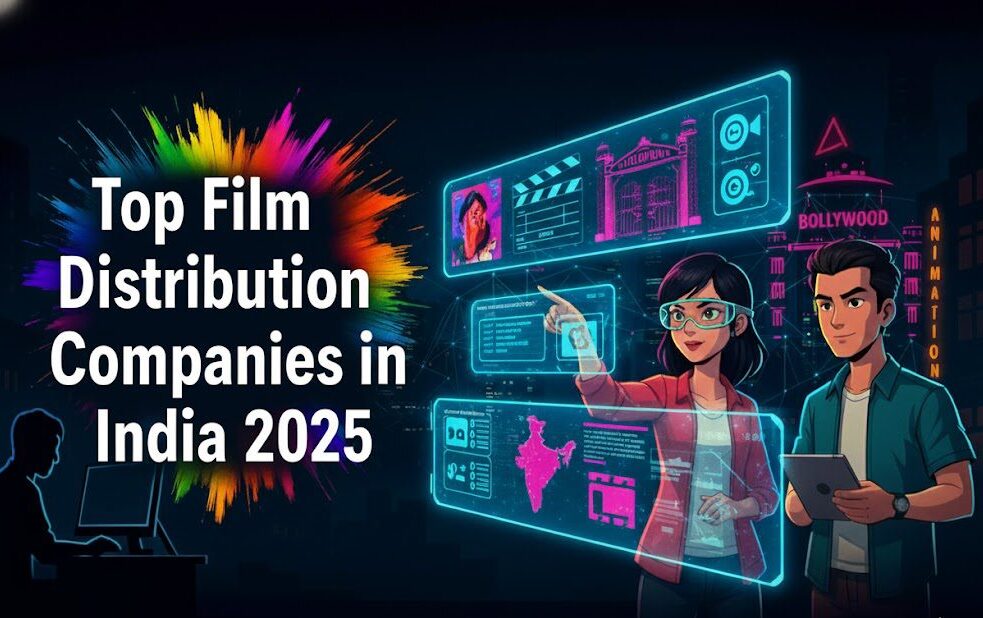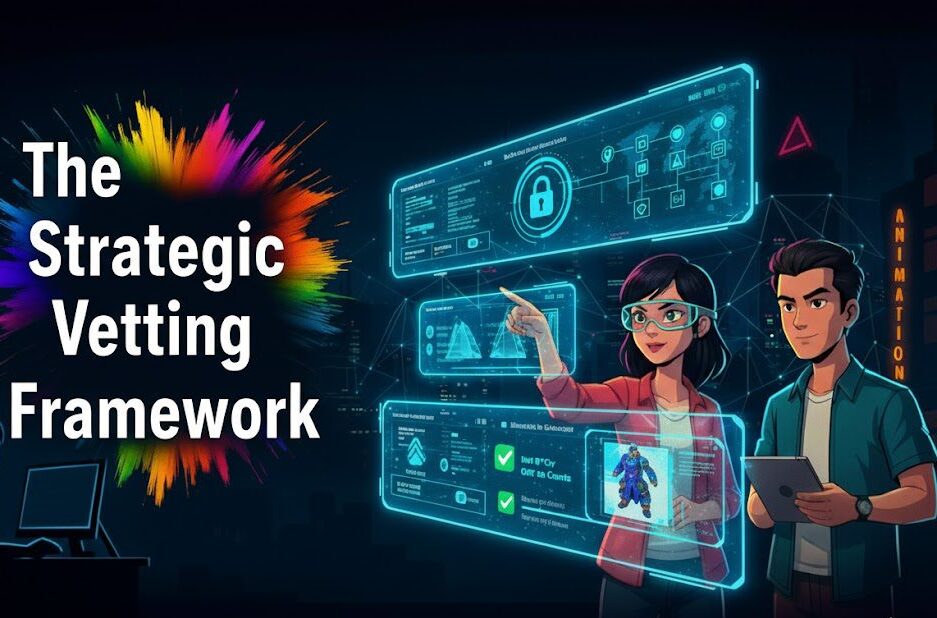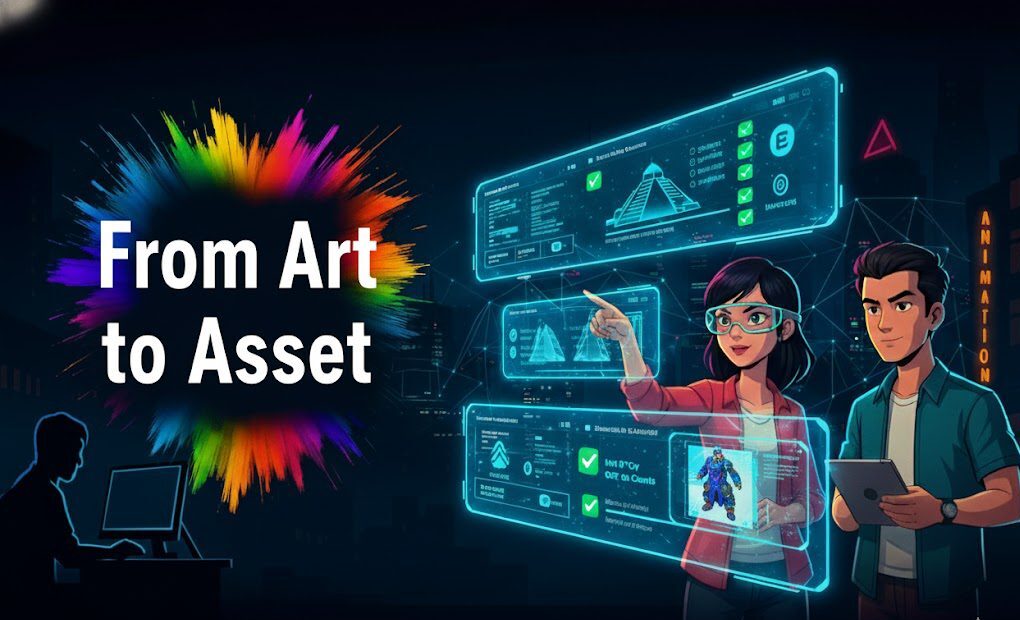Introduction
The rise of live-streaming and interactive entertainment has transformed the way audiences consume content, and Twitch is at the forefront of this revolution. With over 30 million daily active users, Twitch has evolved from a gaming-centric platform into a hub for esports, music, talk shows, and creative content. As media companies and streaming platforms seek new ways to engage younger, digital-native audiences, Twitch content acquisition has become a crucial strategy for expanding content libraries and enhancing viewer engagement.
Find the Right Twitch Content Partners

Understanding Twitch Content Acquisition
Twitch, the world’s leading live-streaming platform, is a powerhouse for gaming, esports, and interactive content. With millions of active streamers and a highly engaged audience, acquiring content on Twitch presents a unique opportunity for media companies, streaming platforms, and entertainment brands.
Twitch content acquisition involves securing broadcasting rights, licensing popular streams, collaborating with top influencers, or integrating Twitch content into broader distribution networks. It enables media companies to tap into Twitch’s massive user base while leveraging real-time engagement opportunities.
Why Twitch Content Matters for Media Companies
Twitch’s influence extends beyond gaming, impacting broader entertainment sectors. Here’s why acquiring Twitch content is crucial:
- Massive Audience Reach: Over 30 million daily active users engage with content on Twitch, making it a prime platform for targeted viewership.
- Live Interaction & Community Engagement: Unlike traditional video platforms, Twitch offers real-time audience engagement, increasing content value.
- Emerging Content Trends: Twitch has become a hub for new content formats, including interactive shows, music concerts, and esports events.
- Monetization Potential: Partnerships with Twitch streamers or licensing deals provide media companies with monetization opportunities.
By leveraging Twitch content, entertainment companies can diversify their content offerings and reach younger, digital-native audiences.
Challenges in Acquiring Content on Twitch
Despite its potential, Twitch content acquisition comes with hurdles:
- Rights & Licensing Issues: Securing content rights for live streams or recorded content can be complex.
- Fragmented Content Ownership: Unlike traditional media, content is owned by individual streamers, requiring separate negotiations.
- Brand Fit & Alignment: Not all Twitch content aligns with corporate branding, requiring careful selection.
- Monetization Restrictions: Revenue-sharing models on Twitch differ from conventional media licensing, affecting profitability.
Overcoming these challenges requires a strategic approach, ensuring content acquisition aligns with business goals.
Stay Ahead with Real-Time Content Trends

Effective Strategies for Twitch Content Acquisition
Media and entertainment companies can navigate Twitch content acquisition successfully by implementing the following strategies:
1. Partnering with Top Streamers
Collaborating with popular Twitch streamers allows companies to access engaged audiences and co-create exclusive content.
2. Licensing Exclusive Streams
Securing broadcasting rights for high-profile gaming tournaments, esports events, and influencer-led content enhances content libraries.
3. Sponsorship & Brand Integration
Strategic sponsorships enable brands to feature in popular Twitch streams, increasing visibility and engagement.
4. Leveraging Twitch API for Insights
Twitch’s API provides valuable data on viewership trends, streamer performance, and audience demographics for data-driven acquisition.
5. Exploring Multi-Platform Distribution
Integrating Twitch content with other digital platforms maximizes reach and enhances audience engagement.
A well-executed Twitch content acquisition strategy can unlock new revenue streams and expand brand presence.
How Vitrina Helps in Twitch Content Acquisition
Vitrina simplifies the Twitch content acquisition process by offering deep industry insights, competitive intelligence, and direct access to content owners. With its Global Film+TV Projects Tracker, Vitrina helps media companies:
- Discover Key Streamers & Content Creators: Identify and connect with top-performing Twitch content owners.
- Track Content Trends & Licensing Opportunities: Gain real-time insights into trending Twitch content and emerging licensing deals.
- Evaluate Potential Partnerships: Profile and vet content creators based on engagement metrics, audience demographics, and content specialization.
- Access Verified Decision-Makers: Connect with key stakeholders in the Twitch ecosystem for streamlined negotiations.
By leveraging Vitrina’s powerful analytics and industry network, media companies can make data-backed Twitch content acquisition decisions, reducing risks and enhancing content ROI.
Conclusion
Twitch content acquisition presents immense opportunities for media companies seeking to tap into live-streaming, gaming, and interactive entertainment. However, it requires strategic partnerships, licensing expertise, and market intelligence to navigate successfully.
By leveraging data-driven insights, collaborating with top Twitch creators, and integrating content into broader media ecosystems, companies can unlock new audiences and monetization avenues. Platforms like Vitrina empower businesses with the necessary tools to streamline acquisitions, making the process efficient and results-driven.
Frequently Asked Questions
Twitch content acquisition involves securing rights, licensing, or partnerships with Twitch streamers and content creators for media distribution.
Media companies gain access to new audiences, interactive engagement, and monetization opportunities by integrating Twitch content into their platforms.
Major challenges include content licensing complexities, fragmented ownership, brand alignment issues, and monetization constraints.

























